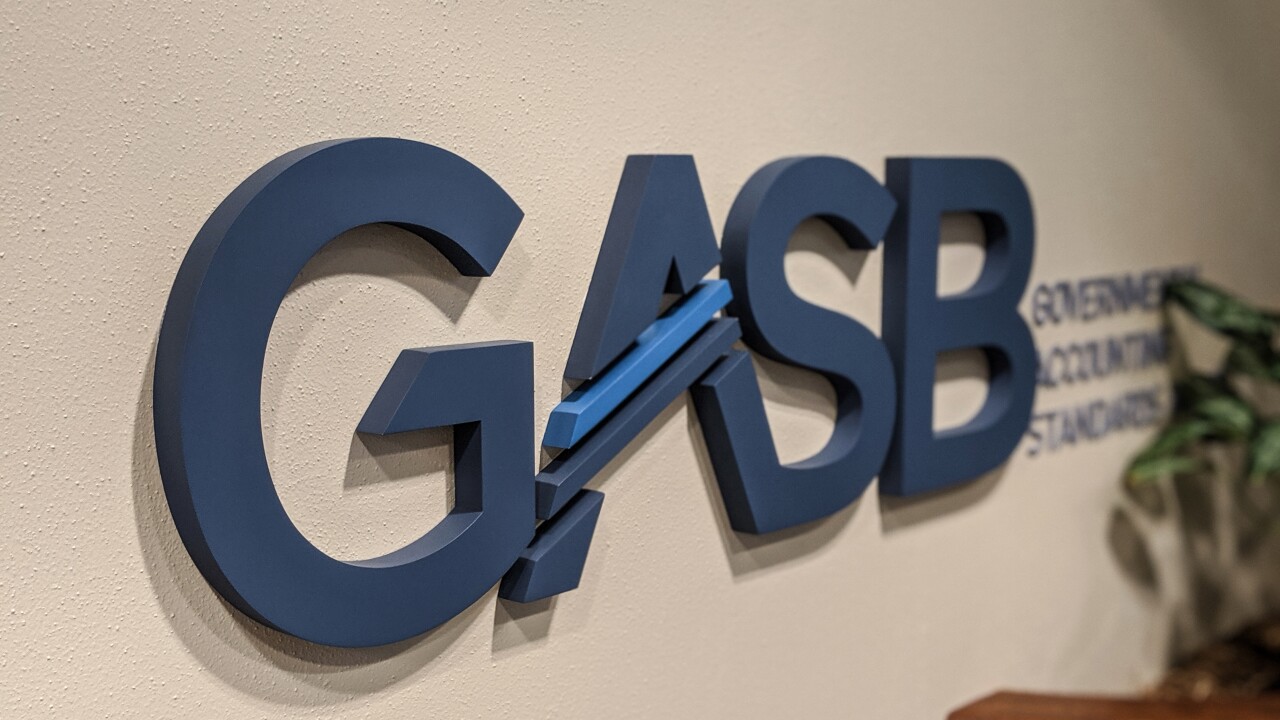Manufacturing firms in the Philadelphia Federal Reserve District reported a significant improvement in regional activity, according to results from its February Business Outlook Survey.
The Philadelphia Fed said Thursday the diffusion index for current general activity rose almost 20 points to 36.7, the highest reading since February 2017. The index stood at 17.0 in January.
Economists surveyed by IFR Markets had expected a reading of 12.0.
The survey’s current indicators for general activity, new orders, and shipments all increased, hinting at widespread growth. Responding firms also reported expansion in employment, although at a moderated pace from January.
The survey’s future indexes indicated respondents continue to expect growth in manufacturing activity over the next six months. The diffusion index for future general activity rose seven points to 45.4, its fifth consecutive month of improvement.

“Nearly 56% of the firms expect increases in activity over the next six months, while 10% expect declines. The future new orders and shipments indexes also increased this month, by 12 points and 10 points, respectively,” the report said.
“The Philadelphia Fed manufacturing index more than doubled in February to 36.7 from 17.0 previously, the highest level since February 2017 and seven of its nine underlying subindexes increased, and the Empire State manufacturing index [released on Tuesday] increased by 8.1 points to 12.9 in February, the highest level since May 2019,” Mickey Levy, Berenberg Capital Markets' chief economist for the U.S. Americas and Asia, and U.S. Economist Roiana Reid, wrote in an economic comment.
“Taken together, the details of these two regional manufacturing sentiment surveys suggest that a rebound in U.S. factory floor activity is well under way,” they wrote.
The Philadelphia Fed said firms’ expectations for employment over the next six months remained positive with 31% of the companies expecting higher employment and 7% seeing lower employment. The future capital spending index dropped three points to 29.8.
“The surveys provided a mixed picture on future manufacturing activity — the six-month-ahead general business conditions index in the Philadelphia Fed manufacturing survey jumped by seven points to 45.4, the highest level in two years, but declined in the Empire State manufacturing survey by 0.7 point to 22.9,” Levy and Reid said.
They also pointed out the uncertainty being generated by the COVID-19 virus.
“Key U.S. regional manufacturing sentiment indexes have surged past expectations in early 2020, reflective of the easing of trade tensions that spiked uncertainty over the last two years, and are seemingly resilient thus far to the threat of the coronavirus (COVID-19),” Levy and Reid wrote. “It is too early to determine the spillover effects from the coronavirus via disruptions in supply chains and trade, and drop-off in demand from China, but the improvement in sentiment thus far is worth noting.”
Jobless claims rise again
Initial jobless claims rose 4,000 to 210,000 in the week ended Feb. 15, the Labor Department reported on Thursday. The previous week's level was revised up by 1,000 to 206,000 from 205,000.
Economists polled by IFR Markets had expected new claims to come in at 210,000.
The four-week moving average fell 3,250 to 209,000, from the previous week's revised average of 212,250, originally reported at 212,000.
The seasonally adjusted insured unemployment rate was 1.2% for the week ending Feb. 8, unchanged from the previous week.
LEI gains in January
The leading economic index rose 0.8% in January to 112.1 after falling 0.3% in December, The Conference Board reported on Thursday.
Economists surveyed by IFR Markets expected LEI to rise by 0.4%.
“The strong pickup in the January U.S. LEI was driven by a sharp drop in initial unemployment insurance claims, increasing housing permits, consumers’ outlook on the economy and financial indicators,” said Ataman Ozyildirim, the board’s senior director of economic research. “The LEI’s six-month growth rate has returned to positive territory, suggesting that the current economic expansion — at about 2% — will continue through early 2020. While weakness in manufacturing appears to show signs of softening, the COVID-19 outbreak may impact manufacturing supply chains in the U.S. in the coming months.”
The coincident economic index rose 0.1% last month after remaining steady in December while the lagging economic index was unchanged in January at 108.7 after a 0.1% decline in December. All indexes are based on 2016 = 100.





